
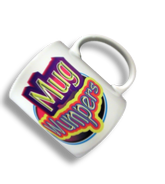









NIGHT PROWLER

SAGUARO BOB

ON GUARD

RATTLED

COYOTE MOON

DESERT TORTOISE

LEADER OF THE PACK

WHERE BUFFALO ROAM

OH, MAMA

SMILING WOLF

MEXICAN SQUIRREL

CATALINA BIG HORN

FISHY BUSINESS

JACK AND JILL

FAMILY PORTRAIT

LA FAMILIA
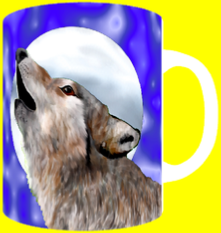
MOONLIGHT MUSE

OUT FOR A STROLL
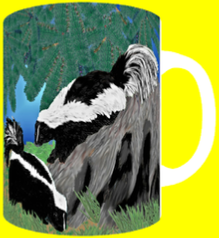
STRIPED SKUNK

DEER & FAWN
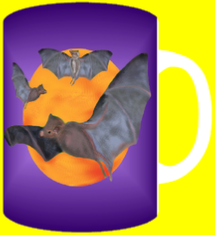
NIGHT FEEDERS
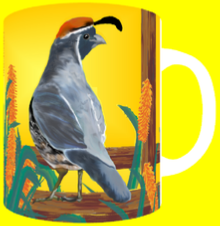
QUAIL & ALOE

LOUNGING LIZARD




CANYON TREE FROG

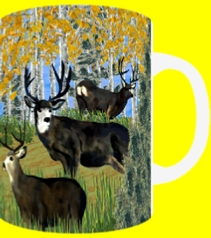
BACHELOR PARTY























THREE TENORS
To see a sample of a personalized mug, click here
Click on any design to see the mug, coaster & tile available








DINING AT DAWN



BACHELOR’S RETREAT



CUB SCOUTS


PROPHECY

GARDEN OF DREAMS

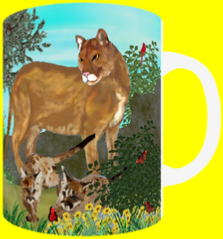
PUMA’S PLAYTIME



RINGTAIL’S RETREAT

SPRING PASTURE

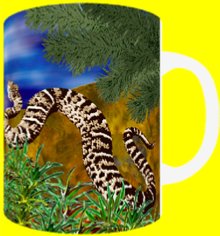
VENOM









ROADRUNNER

RAVEN'S COUNCIL



BRAYER MEETING



MORNING STROLL














